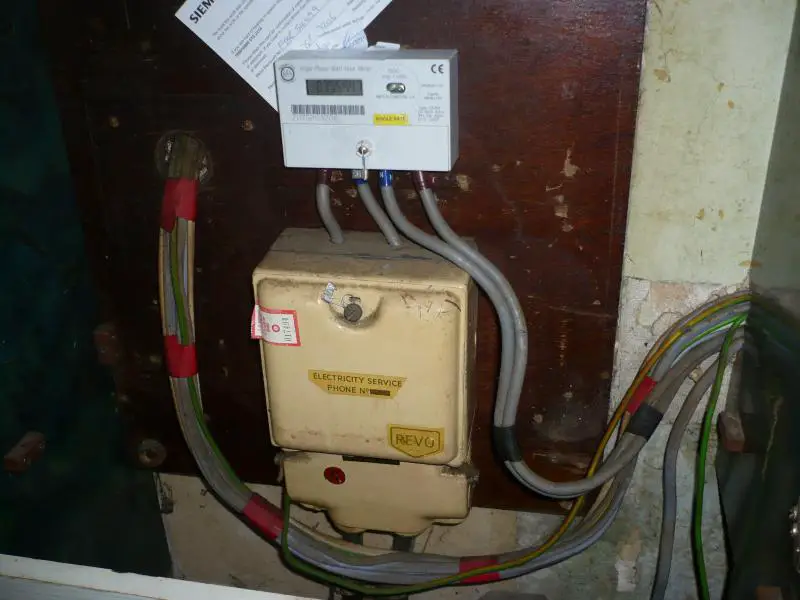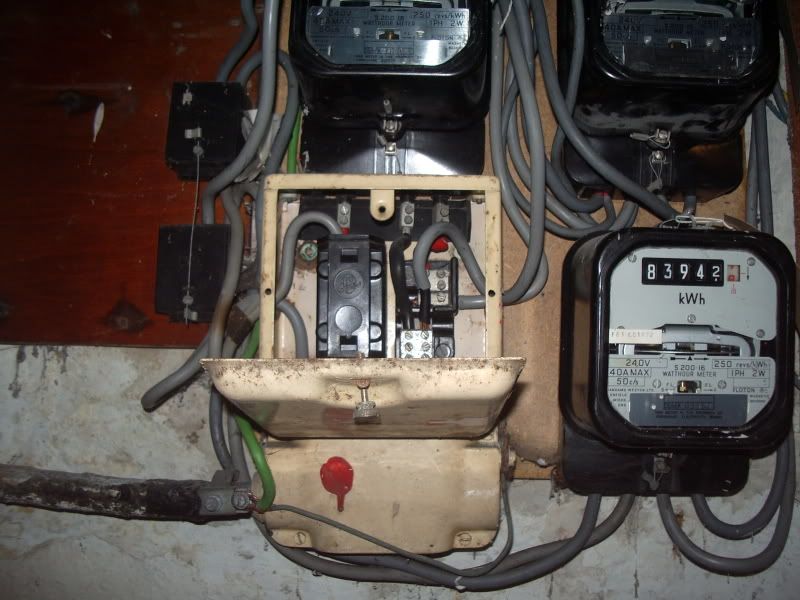1) You are going to need a new consumer unit - that one doesn't comply with the latest regulations, so no new circuits can be put on it.
2) You are
almost certainly generally short of circuits, socket outlets, lighting points, light switch positions etc.
Given (1), and the work you know you want in the kitchen, and the likely work associated with (2), I'd say don't bother with a PIR, get an electrician to add all the new stuff you want, and have him check any individual circuits, or parts of circuits that you're keeping as he goes along.
Working on an empty and unoccupied house is quicker and therefore cheaper.
Good idea to put all wiring in conduit for ease of future changes. And if you specify metal conduit for switch drops, or BS 8436 cable it removes the need to have RCDs where you'd rather not. It does cost more though, and not everyone agrees with the future changes bit, but we regularly see people here wanting to do things where they need to draw more cables in, or remove/replace what's there.
Think hard about where to have sockets - it's difficult to have too many, and also about what circuits to have. The items on the list below won't all apply to you, but they are worth thinking about:
- Upstairs sockets
- Downstairs sockets
- Kitchen sockets
- Circuit for appliances
- Cooker circuit
- Non-RCD circuit for F/F
- Non-RCD circuit for CH boiler
- Dedicated circuit for hifi
- Dedicated circuit for IT equipment
- Upstairs lights
- Downstairs lights
- Immersion heater
- Loft lights
- Shower
- Bathroom circuit
- Alarms
- Supply for outside lights
- Supply for garden electrics
- Supply for shed/garage
Plus any peculiarities brought about by your house layout & construction - e.g. in mine because of solid floors and where the socket circuits run, I have a radial just for a socket in the hall, the doorbell and the porch lights.
Unless you want to go to the expense of RCBOs throughout, the CU should have at least 3 sections, 2 on RCDs and one not into which you can install a mix of RCBOs and MCBs.
If you live somewhere where supplies are dodgy in the winter, have the lights, the boiler supply, and a socket in each room wired to a separate CU, or a separate section in a large one, that can be supplied by an emergency generator - lights, heating, TV and a kettle/microwave make life a lot more bearable.
Flood-wiring with
Cat6 or Cat6a cable is worth thinking about.




